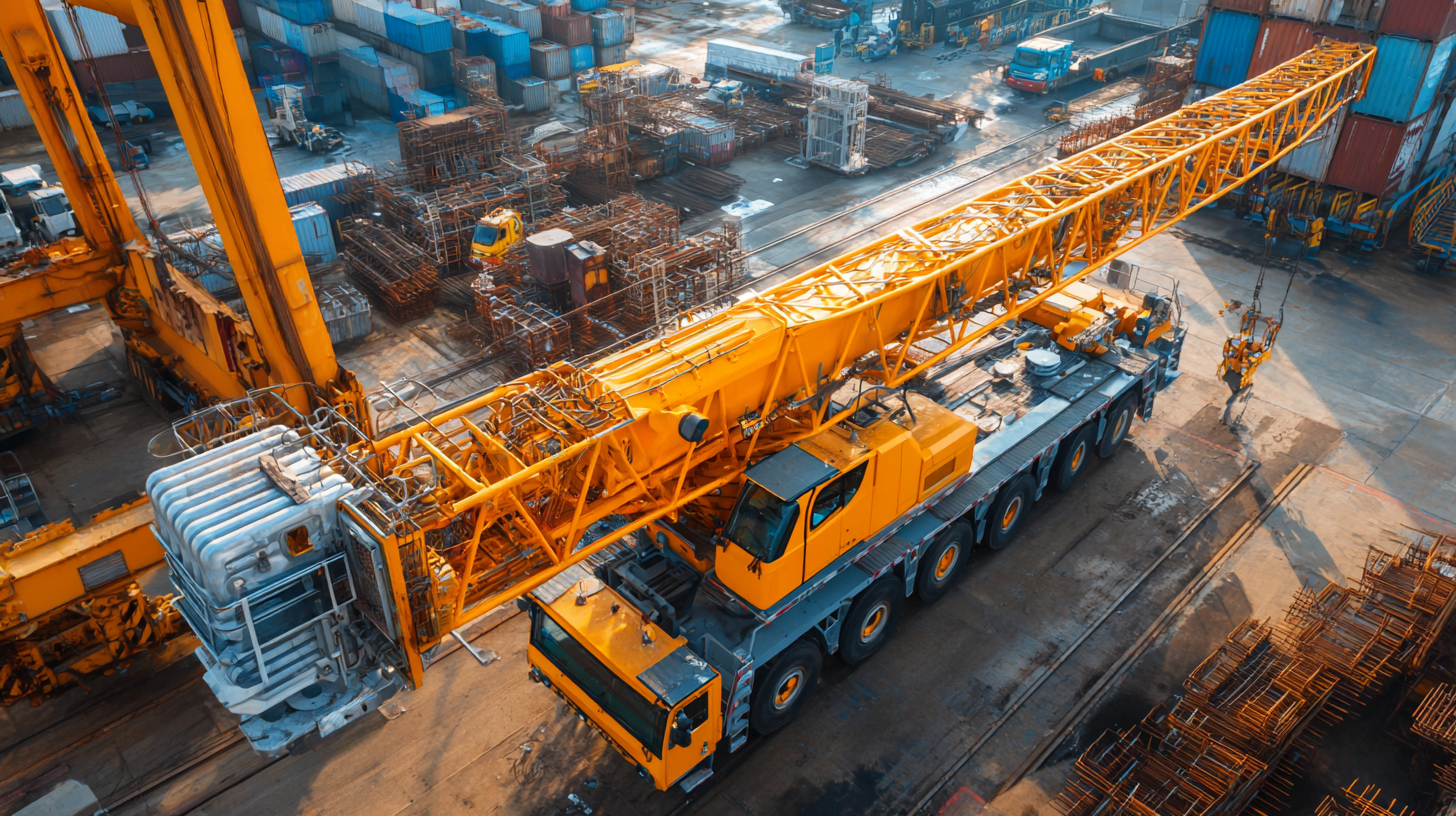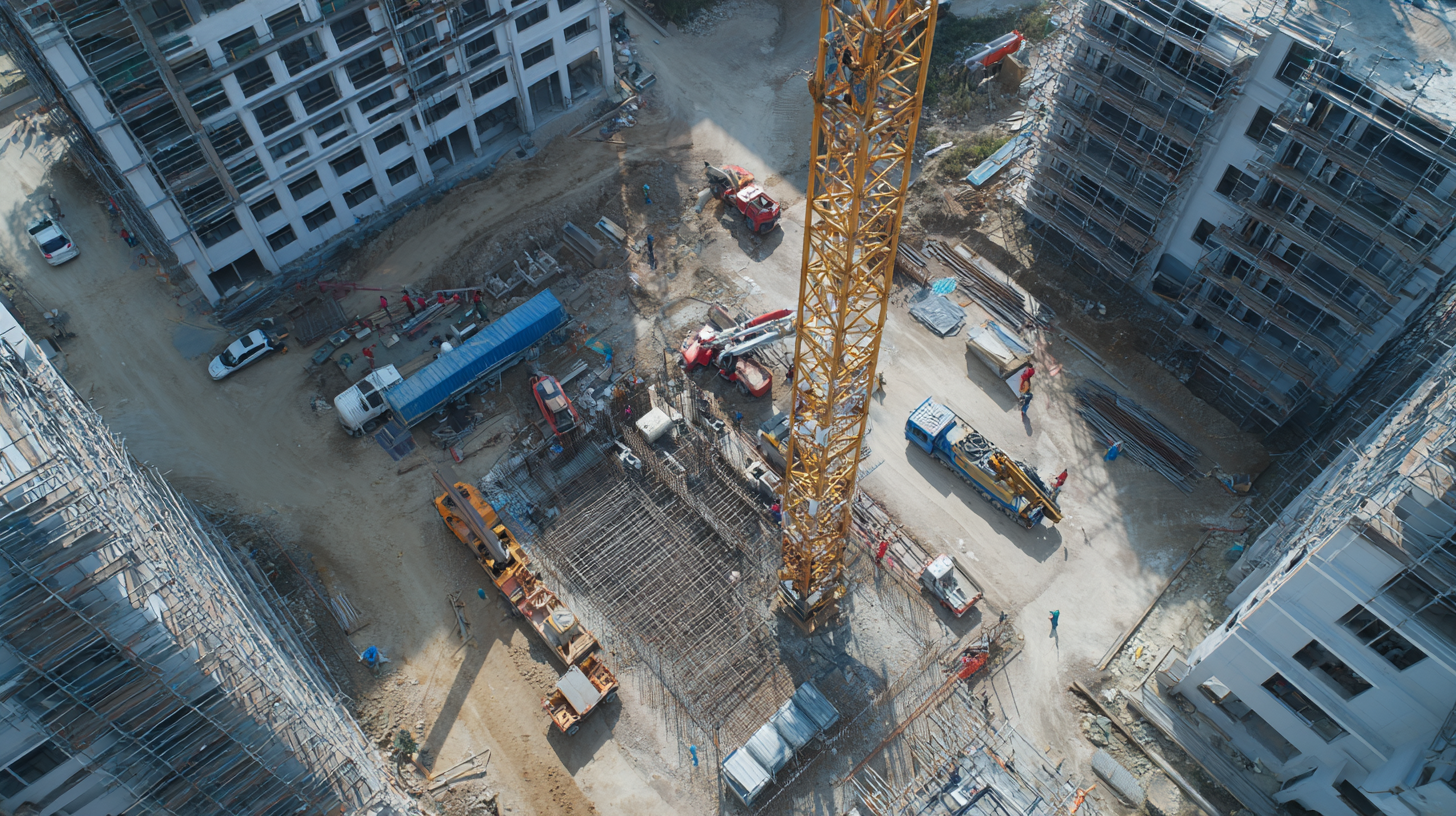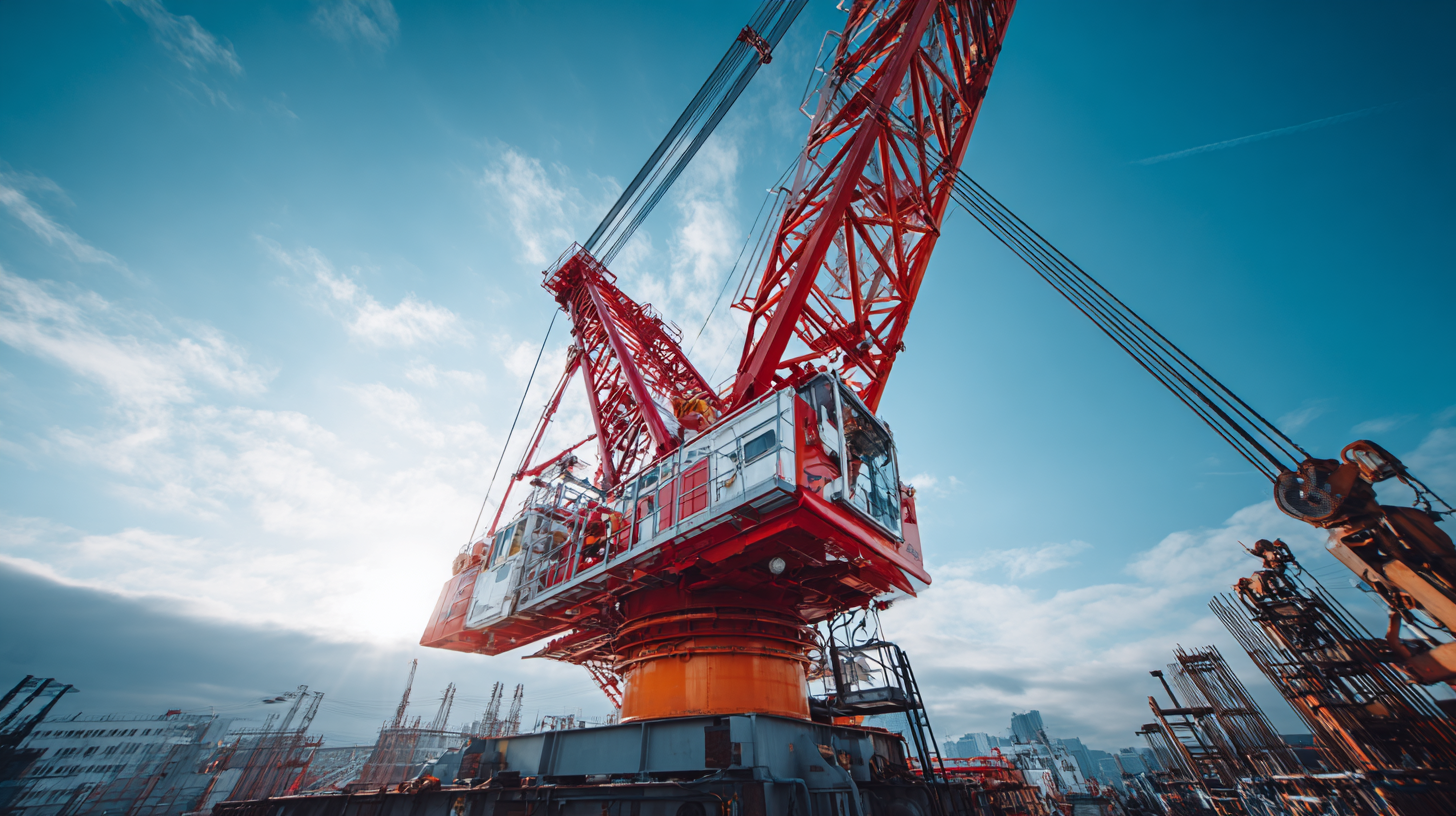In the rapidly evolving world of construction, efficiency has become a pivotal factor in determining project success. The integration of advanced machinery is vital, and among these, the 350 ton crane stands out as a game-changer. According to a recent report by the Construction Industry Institute, the use of larger cranes like the 350 ton model has been shown to reduce operational time by up to 30%, thereby positively influencing project timelines and cost-effectiveness. This enhanced capability allows for heavier loads to be lifted with precision, addressing the growing demands of modern construction projects.
Industry expert John Harris, a leading crane operation consultant, emphasizes the significance of this machinery in contemporary projects: “Utilizing a 350 ton crane not only boosts our lifting capacity but also streamlines site operations, allowing us to handle larger components efficiently.” As construction sites become increasingly complex, the implementation of such powerful cranes enables contractors to meet tight schedules and deliver superior results. The impact of the 350 ton crane extends beyond its immediate lifting capabilities; it fosters innovation, efficiency, and overall project feasibility in an industry where time is money.

In modern construction projects, the efficiency of workflow is paramount, and 350-ton cranes play a critical role in achieving this goal. According to a report by the American Society of Civil Engineers, the use of cranes in construction can reduce project timelines by as much as 30%. This significant reduction is particularly evident in large-scale operations where heavy lifting is essential. With the capability to lift substantial weights, 350-ton cranes are invaluable for positioning large structural components swiftly and accurately, which minimizes downtime associated with manual placement.

Moreover, the fast-paced construction environment often demands high precision and speed, factors that 350-ton cranes can provide. Data from the National Institute of Standards and Technology suggests that the integration of advanced crane technology can improve overall project efficiency by enhancing safety protocols and minimizing labor costs. By decreasing the need for additional lifting equipment and labor crews, these cranes not only streamline the workflow but also lead to significant cost savings in construction projects. As the industry continues to evolve, the presence of 350-ton cranes will undoubtedly remain essential in facilitating rapid and efficient construction processes.
In modern construction projects, the efficient management of heavy materials is critical for ensuring timely completion. The 350 ton crane stands out as a powerful tool designed to handle substantial loads while maintaining operational efficiency. With advanced hoisting systems and robust engineering, these cranes can lift heavy construction materials such as steel beams, precast concrete panels, and large equipment with precision. This capability significantly reduces the time spent on material handling, allowing projects to adhere to tight schedules.

Understanding load capacities is essential for optimizing the use of 350 ton cranes. By accurately calculating the weight and distribution of materials, operators can maximize crane performance while ensuring safety during lifting operations. These cranes are equipped with sophisticated monitoring systems that provide real-time data on load limits, further enhancing their ability to manage heavy materials efficiently.
Through strategic planning and execution, construction teams can leverage the advantages of 350 ton cranes, minimizing delays and improving overall productivity on site.
The integration of 350-ton cranes into modern construction projects has significantly transformed project timelines, driving substantial time savings. Research indicates that utilizing these high-capacity cranes can increase efficiency by up to 30%, allowing for faster lifting and maneuvering of heavy materials. In a recent report by the Construction Industry Institute, it was noted that projects employing advanced crane technology reduced their overall duration by an average of 15%, translating to considerable savings in labor and overhead costs.
Moreover, the speed and precision provided by 350-ton cranes reduce the risk of delays caused by logistical challenges. A study conducted by the Associated General Contractors of America highlighted that time spent on site preparation and material handling decreased by 25% when utilizing cranes capable of lifting heavier loads. This efficiency not only accelerates project delivery but also enables construction firms to optimize their resources and adhere to tight schedules, ultimately enhancing their competitiveness in the industry.
Advanced crane technology plays a pivotal role in enhancing safety and compliance in modern construction projects. According to a report by the Occupational Safety and Health Administration (OSHA), construction sites have seen a significant reduction in accidents involving cranes, dropping by as much as 30% over the past decade due to innovations such as smart crane systems and enhanced operator training programs. These technological advancements not only streamline operations but also provide real-time data and insights, allowing operators to make informed safety decisions on-site.
The integration of advanced features such as load sensing systems and automated controls in 350 ton cranes ensures compliance with safety regulations and minimizes the risk of operational hazards. A report from the Crane and Rigging Conference noted that projects utilizing state-of-the-art cranes experienced a 25% reduction in downtime caused by safety incidents. This spike in efficiency not only impacts project timelines positively but also promotes a culture of safety-first among workers, ultimately leading to higher morale and productivity on job sites. By adopting these modern technologies, the construction industry can continue to improve its safety record while maximizing the effectiveness of crane operations.
The economic impact of 350-ton cranes in construction projects cannot be overstated, particularly in terms of cost efficiency and project timelines. The crane rental market is anticipated to reach USD 68.04 billion, highlighting a growing demand for advanced machinery that enhances construction capabilities. Utilizing 350-ton cranes significantly reduces the duration of lifting tasks, which, in turn, accelerates project completion and minimizes labor costs. This directly contributes to a more streamlined budget management approach, allowing contractors to allocate resources more effectively.
Moreover, the capital investment in high-capacity cranes like the 350-ton variant can be justified through their ability to undertake larger and more complex projects. By increasing the load-carrying capacity, these cranes enable the movement of heavier materials and equipment, resulting in fewer trips and reduced transportation costs. A detailed cost analysis reveals that while the initial rental or purchase price of such cranes may be substantial, the long-term savings realized from decreased labor hours and the accelerated project timeline render them an economically viable option for construction firms aiming to maximize efficiency and profitability.